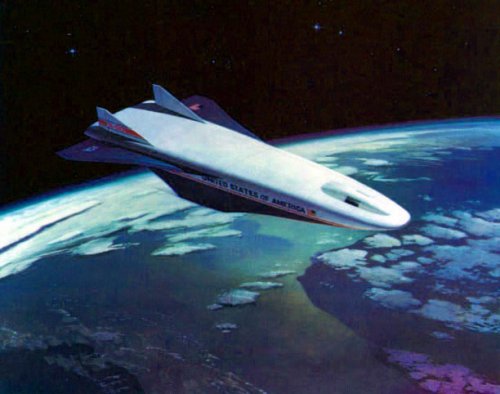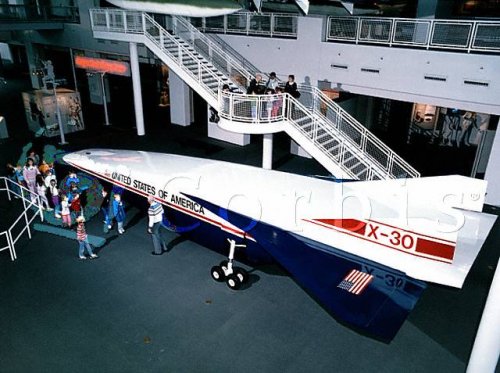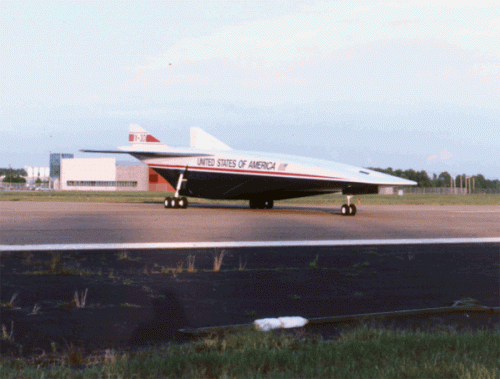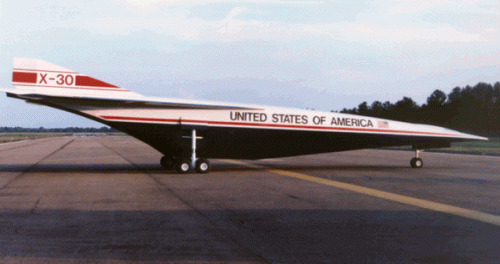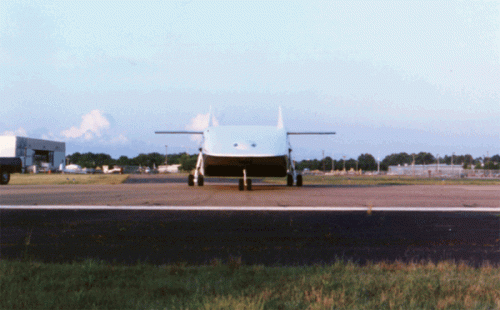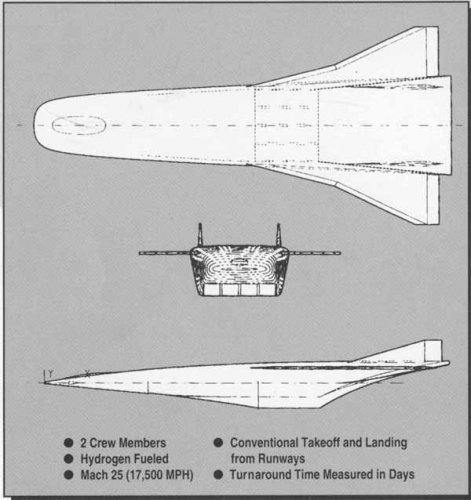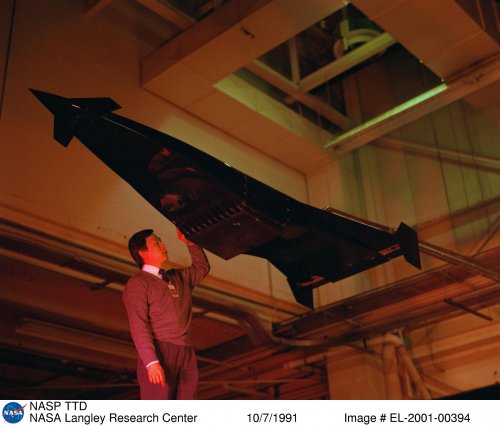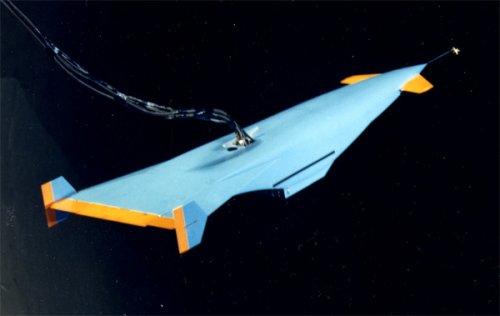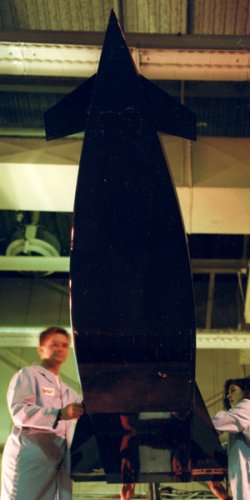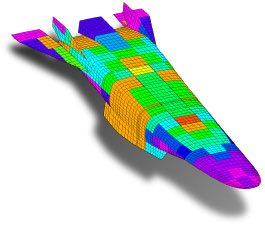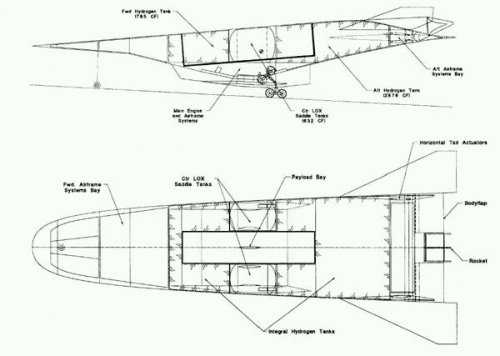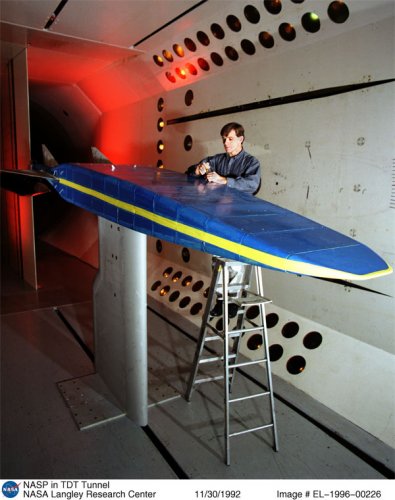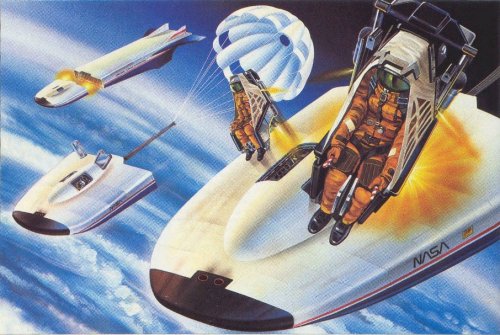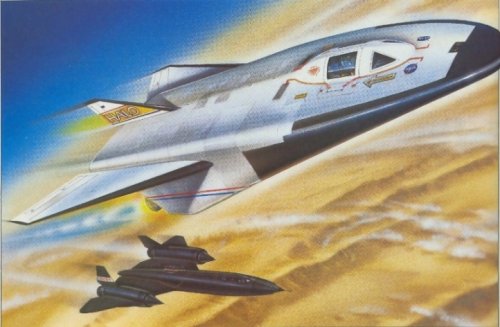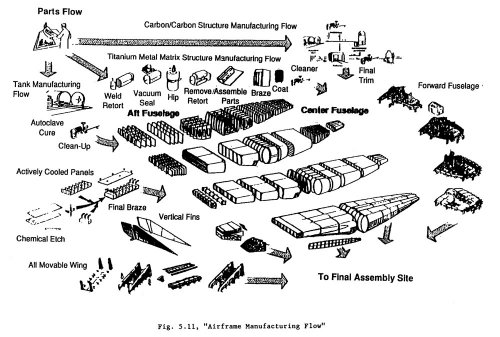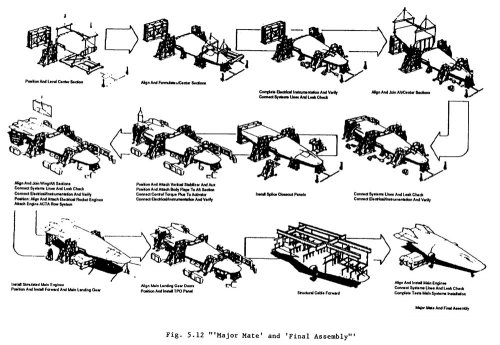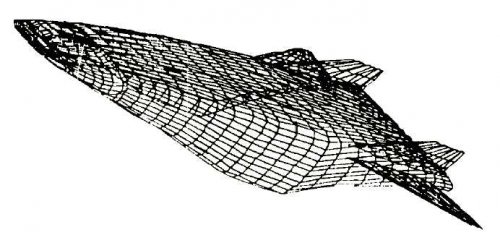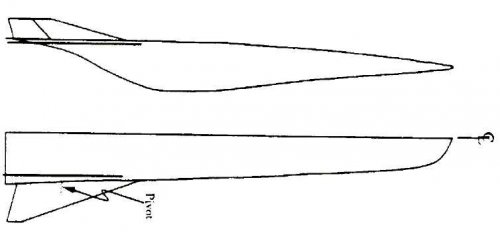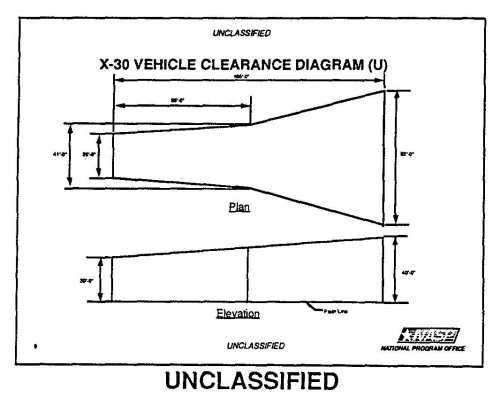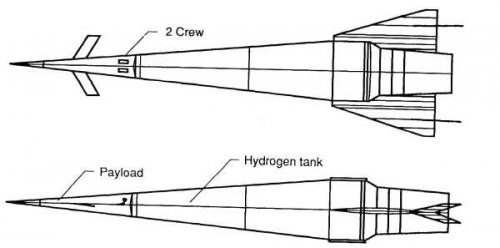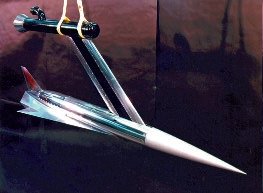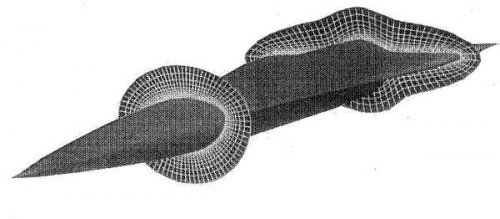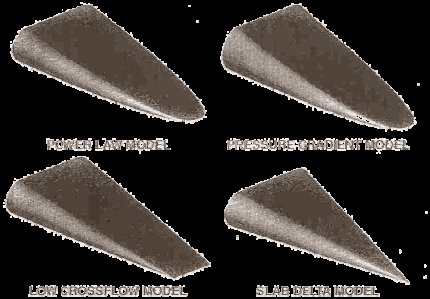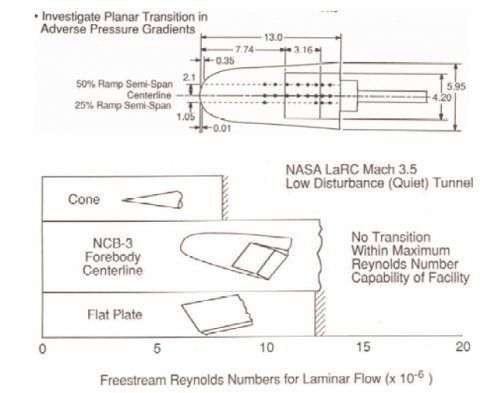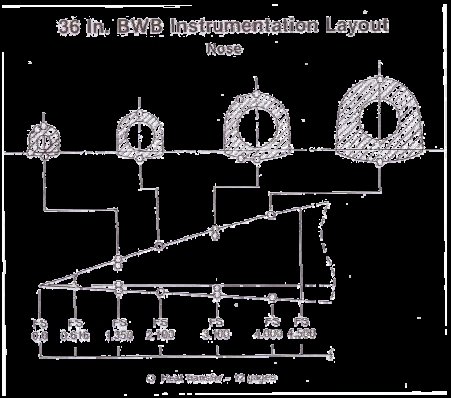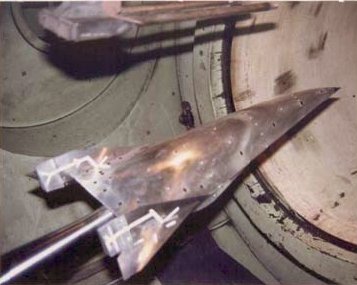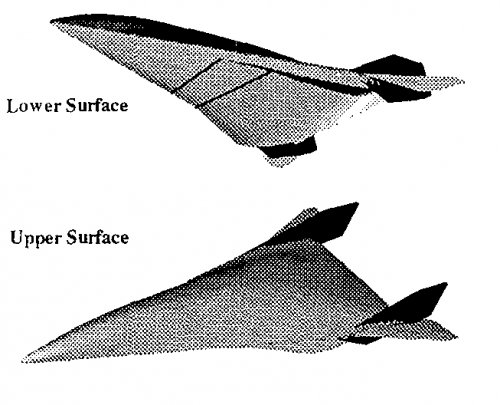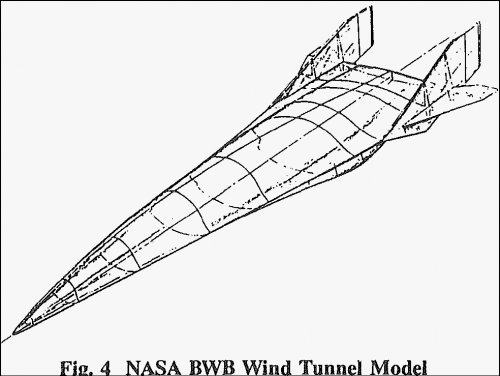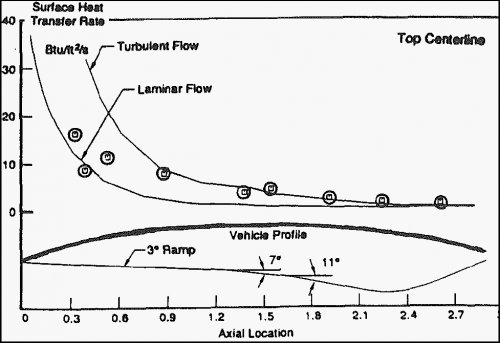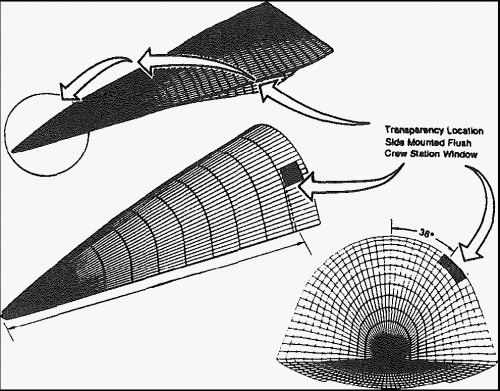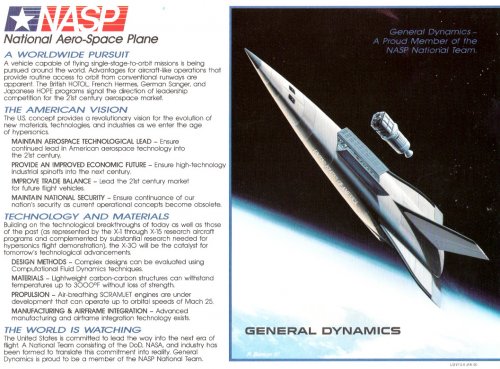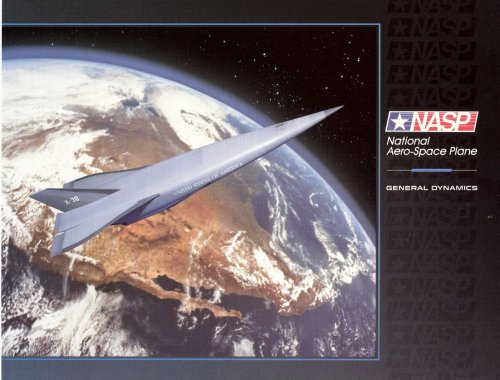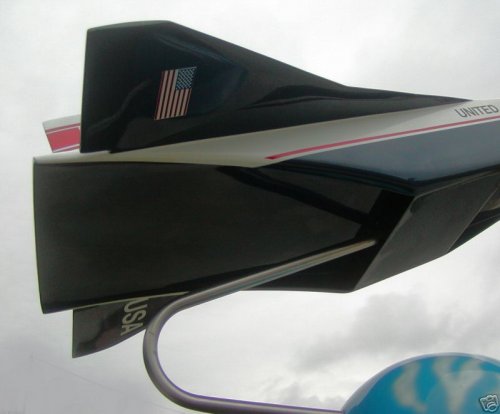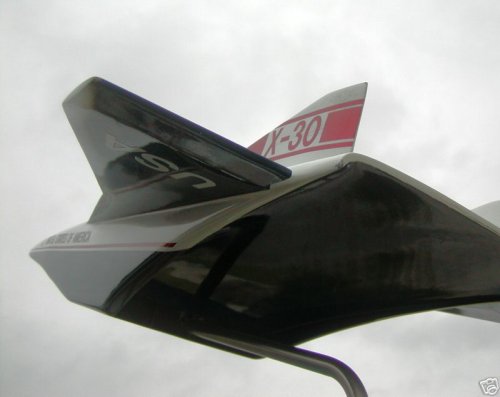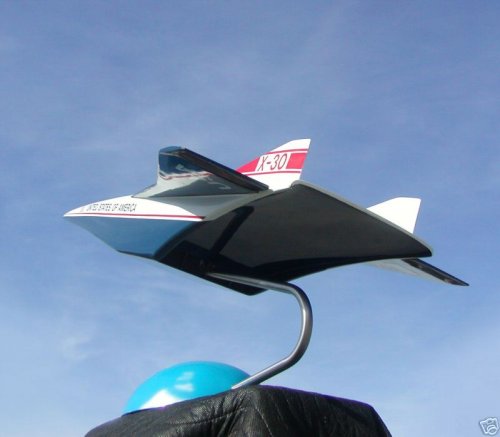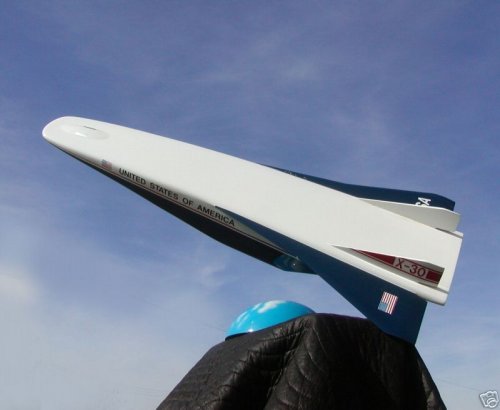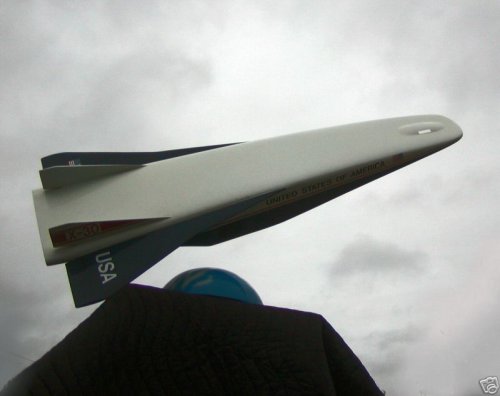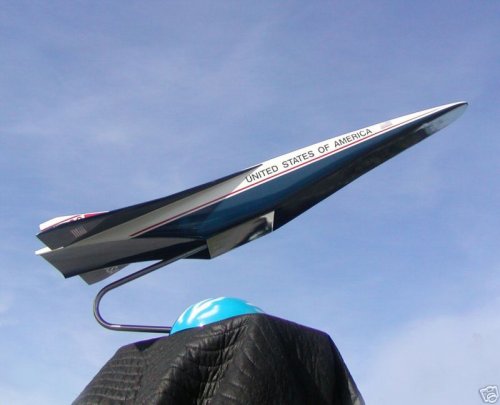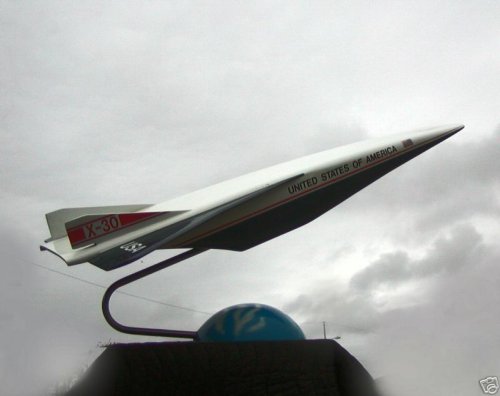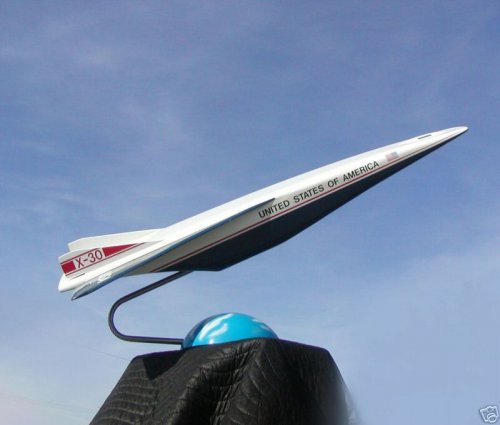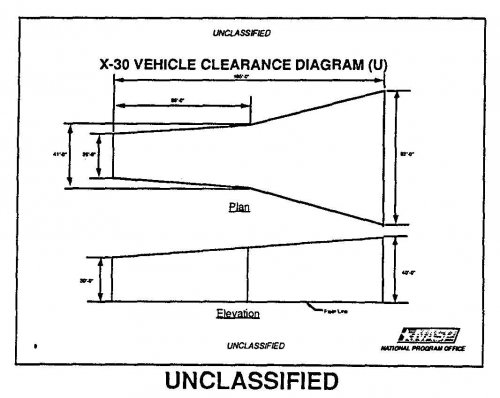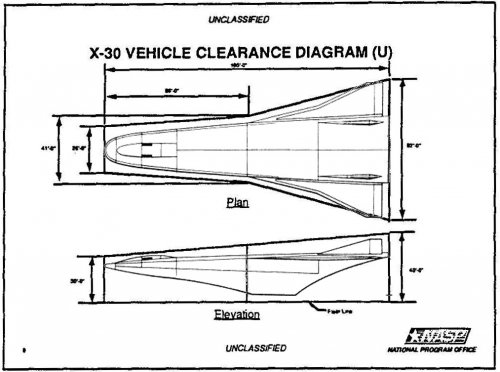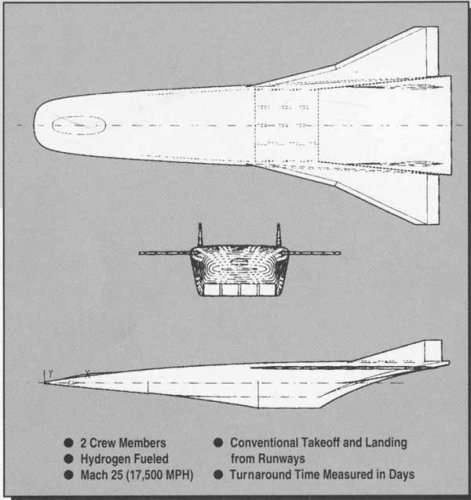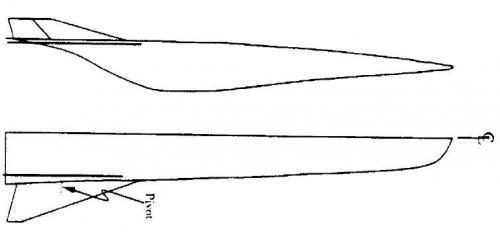Recently published AIAA paper has an insight of MDC and GDFW way to the BWB with spatula nose. As we can see, actual early MDC design wasn't so far from the artists' impressions spreaded in the media.
Hypersonic Boundary Layer Transition – Application to High Speed Vehicle Design
AIAA Paper 2007-0310, presented at 45th AIAA Aerospace Sciences Meeting, Reno NV, January 2007
Kei Y. Lau*
Advanced Global Strike Systems
Boeing Company
St. Louis, Missouri 63166
MDC
"In 1986, McDonnell Douglas won a contract under the NASP Technology Maturalization program to develop an experimental database for CFD validation, which was called the Generic Option 2 program. The database was to be used by the government team and the contractors for CFD development works. The shape for Generic Option 2 was chosen to be blended wing body (BWB) configuration derived from a MDC (McDonnell Douglas) design. The BWB configuration has a bi-elliptic cross section (second pic)... [Photo] shows the installation of the 36 inches aerothermal model in the Calspan 96-Inches Shock Tube Facility."
"The Generic Option 2 Aerothermal Test was very successful and generated a set configuration heating data from Mach 11 to 18 at flight Reynolds numbers. The test set includes configurations with sharp and blunt nosetips. It showed some puzzling boundary
layer transition behaviors that were not expected. At zero degree angle of attack, the sharp nose boundary layer transition onset occurred at the expected location. But the blunted nosetip did not move the onset location aft. When the angle of attack was
increased, the sharp nose onset location moved forward and the blunt nose onset location moved aft.
Additional test runs were conducted using distributed roughness strips at nose location. The strip usually worked very effectively on cones at the Calspan tunnels. It tripped the sharp nose boundary layer, but had no effect on the blunted configuration. The early
transition onset with the blunt nose is obviously not an artifact of tunnel noise. An explanation was needed to understand the transition behavior of this class of configuration.
The blunt nose puzzle was resolved after an extensive CFD and boundary layer rack data study. The bi-elliptic forebody was optimized using method of characteristic and streamline tracing during the configuration development. There was no crosstalk
between upper and lower surfaces in sharp configuration analysis. The blunted nosetip was addition for thermal protection purpose afterwards.
The introduction of the blunt nose caused strong crossflow on the windward surface that resulted in flow bi-focation along windward centerline and a thick boundary layer built-up. The crossflow bifocation de-stabilized the boundary layer and caused very early transition along the windward centerline. The crossflow diminished with increasing angle of attack and allowed the onset to move aft. At the nominal design angle of attack of 4 degrees, the blunt nose had a small effect in delaying transition onset compared to the sharp nose data, but the result nonuniformity of boundary layer circumferentially is causing drag increase and inlet performance impact.
In late 1986, the MDC NASP program established a tiger team to investigate the scramjet engine to airframe integration. In addition to mechanical issues, the figure of merits included propulsion performance, vehicle controllability, boundary layer control, thrust
vs. drag trade-off, inlet performance and flight angularity sensitivity. The lessons learned from Generic Option 2 test program on the difficulty in boundary layer control of a bi-elliptic shape was one of the consideration when MDC made a major configuration switch to a Non-circular-body (NCB) design.
In 1987, Beckwith reported difference in boundary layer transition onset between wedge and cone to NASP symposium at AMES based on an earlier AIAA paper he published on quiet flow tunnel design <...> The discovery helped affirm the decision to further develop the NCB configuration by the McDonnell Douglas NASP team. This configuration eventually evolved into the NASP
forebody shape as we know it today.
In the late 1980’s, two sets of configuration boundary layer transition database were created by the contractors. The McDonnell Douglas tested with an early NCB (Non-Circular Body) design Configuration to gain more insight into boundary layer transition behavior of planar flow. The model was built of machined solid stainless steel block and micro-polish to better than 1 micron finish. Surface mounted pitot tube was used for transition onset detection. The test successfully demonstrated that the NCB configuration behaved like a wedge in transition onset. < Third pic> shows the MDC test model."
GD(FW)
"The General Dynamic-Fort Worth team took a different approach and tested four generic configurations. <Fourth pic> shows the GD-FW test models.

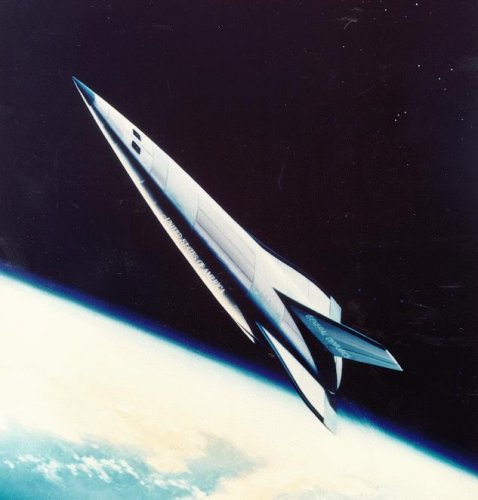
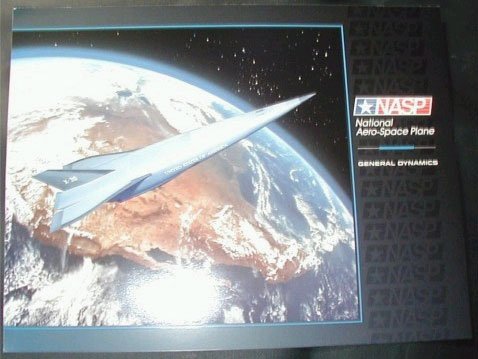
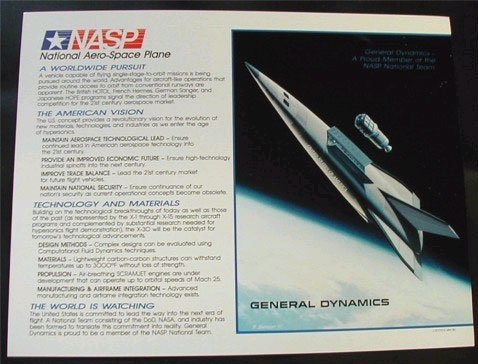
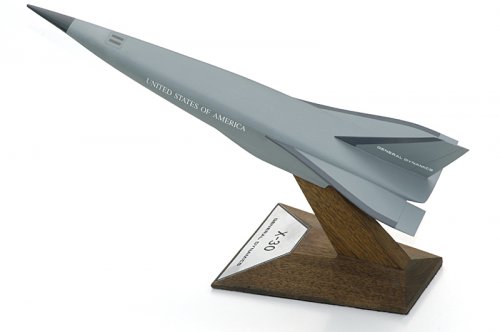
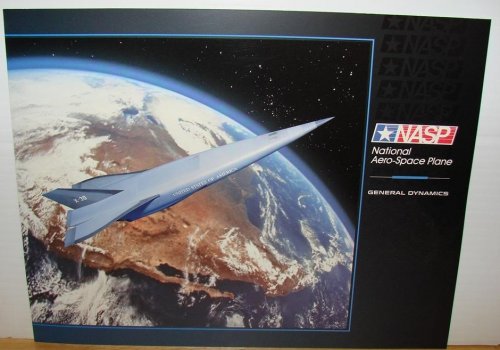
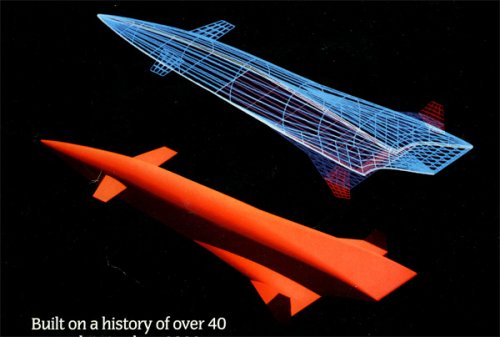
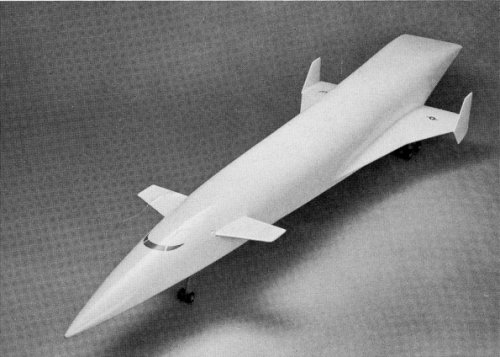
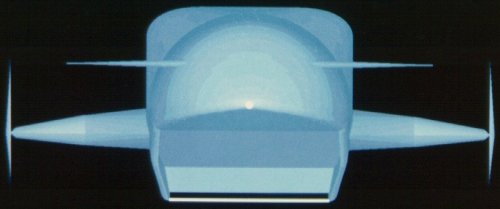
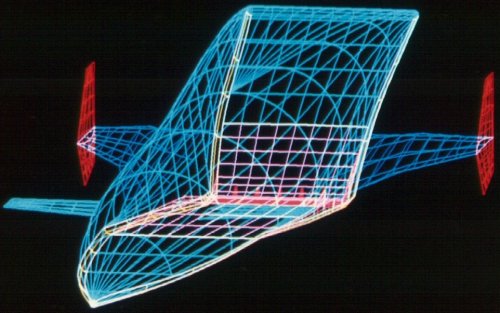
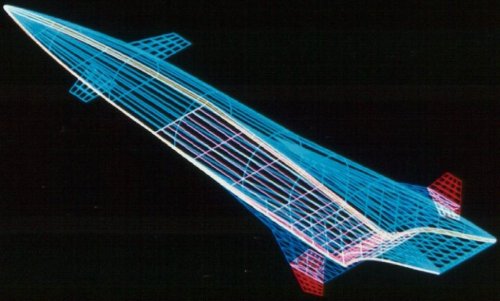
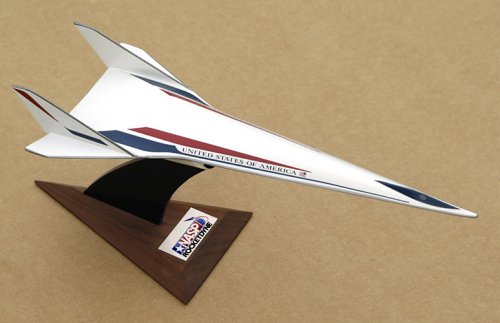
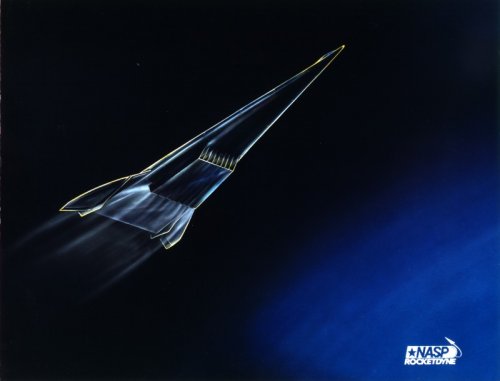
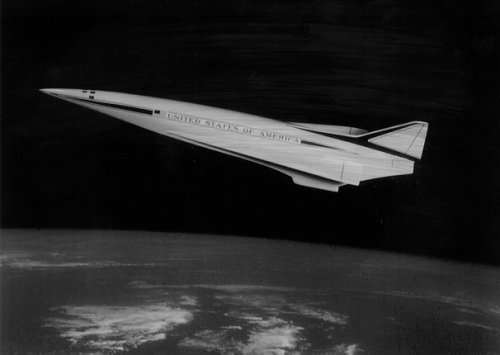
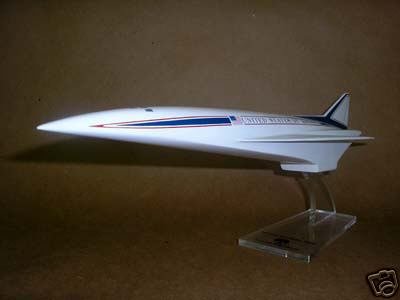
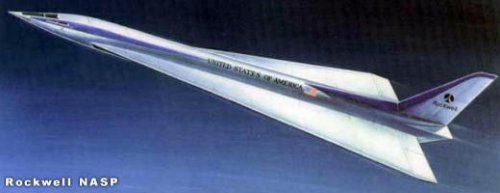
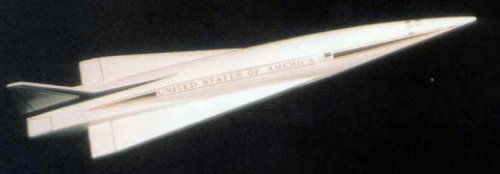

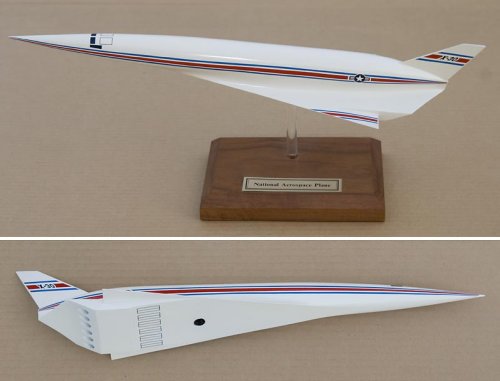
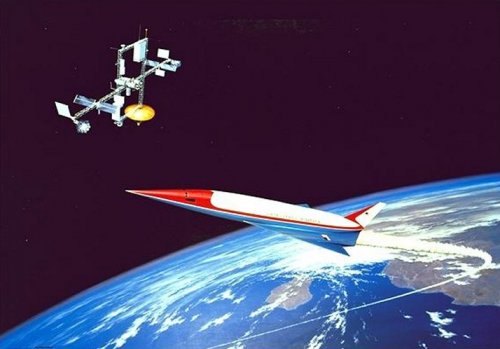
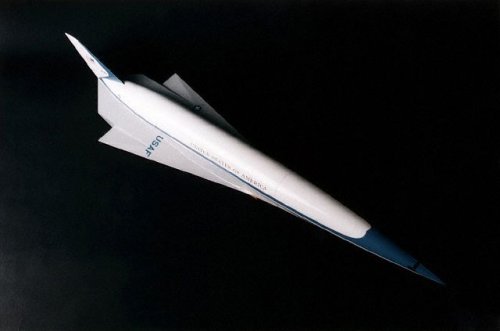
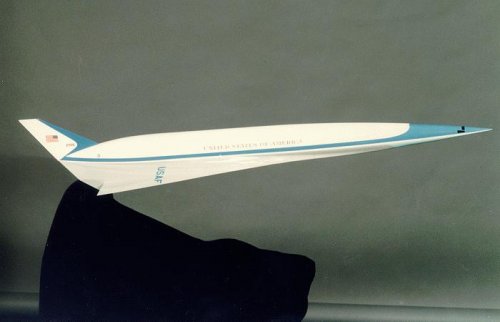
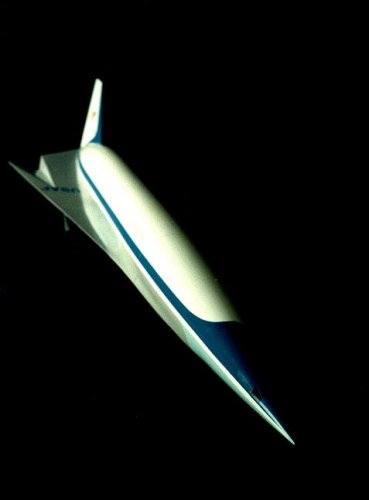
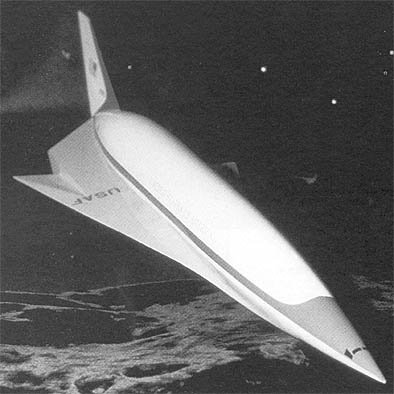
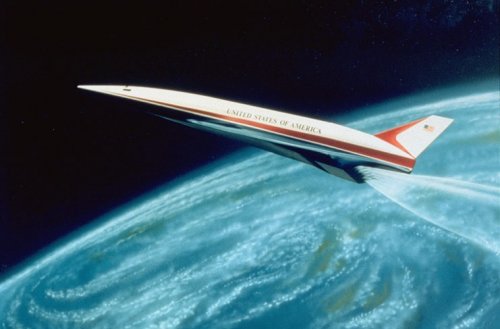
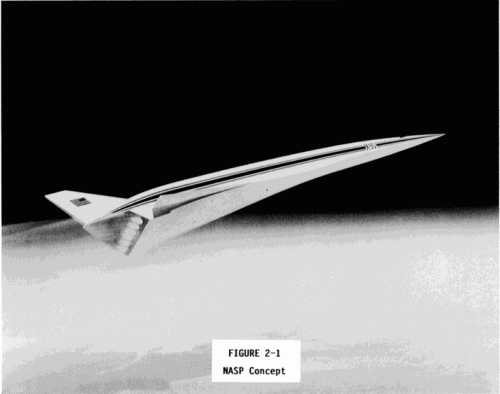
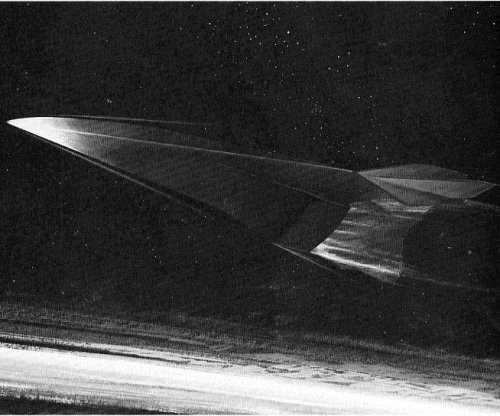
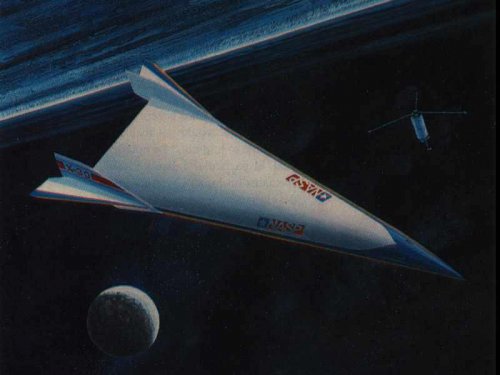
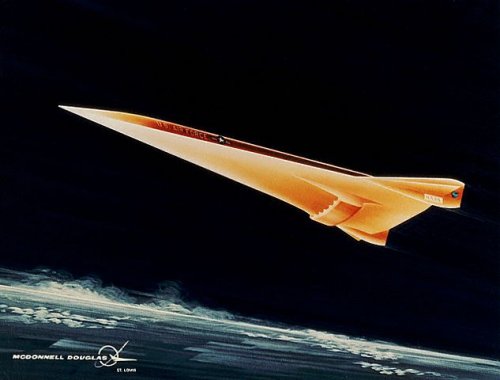
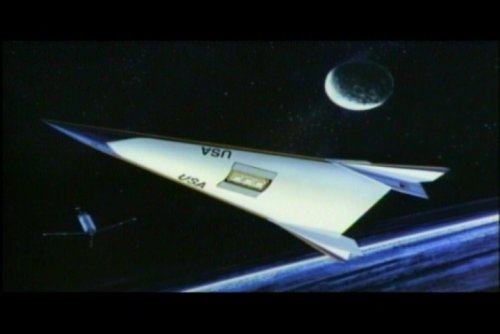
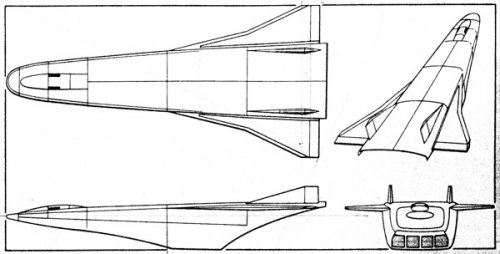
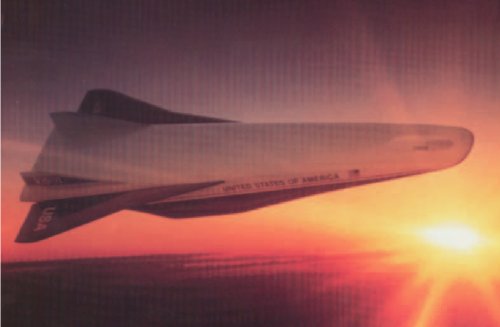

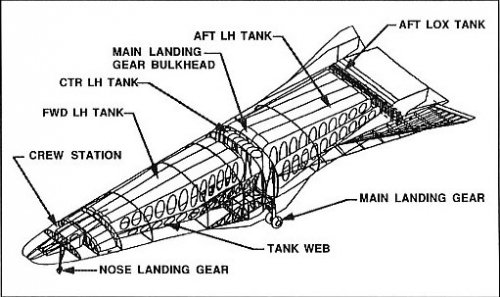
![nasp09[1].jpg](/data/attachments/0/866-40ebf7c202475c9f1b6b18d3ebb9f6da.jpg)
